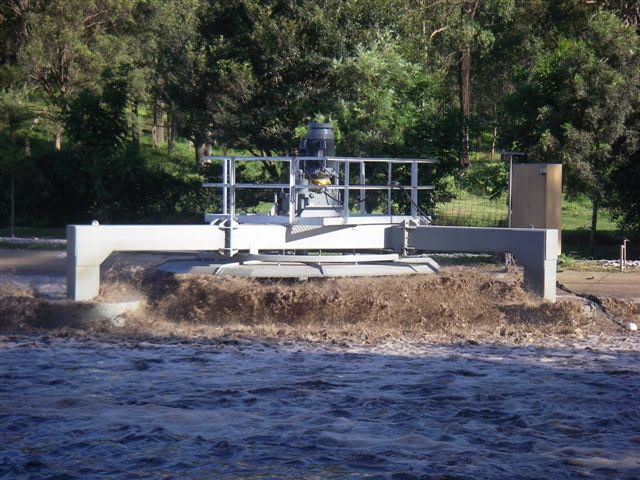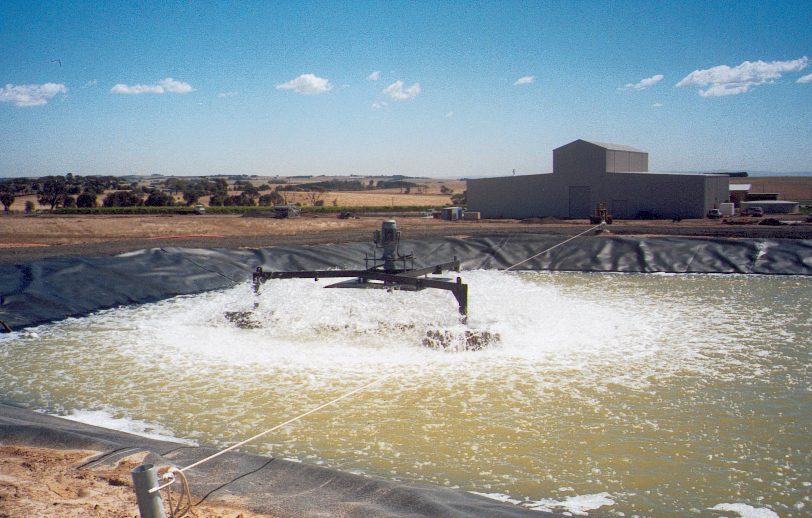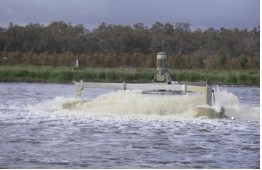Aerator for Sewage Treatment Plant
AERATION - Aerator for Sewage Treatment Plant
The By‑Jas system provides a range of aerators for sewage treatment plants matched to individual drive units to provide superlative surface aeration and mixing characteristics with a minimum expenditure of power. Surface aeration is a process which promotes oxygenation of large fluid volumes.

The aerators are designed for reliability and long life and are available for conventional bridge mounting, with tripods and light access bridges or as floating units. For activated sludge treatment they are normally installed in simple, inexpensive rectangular tanks or channels which in size and arrangement give infinite scope to the plant designer. The system lends itself readily to any of the accepted methods of plant operation. Manual or any required degree of automatic control can be provided, including adjustment of aeration intensity by dissolved oxygen monitoring.

Want to remove waste water efficiently
Are you looking for a cheaper and more environm...

Waste water treatment for Wineries
Wineries across Australia are producing record ...

Specialising in the Winery Industry
We cater to the winery industry in order to red...

Irrigation efficiency for Wineries
As we know wineries produce wastewater from the...

What is Involved in the Process of Winery Wastewater Treatment?
Winery wastewater is generated from the winery’s...

Why Choosing a Wastewater Equipment Manufacturer Provides a Better Option?
Why Choosing a Wastewater Equipment Manufact...

Why Are Bacteria Used in Sewage Treatment?
Wastewater treatment is society’s way of giving...
WANT TO REDUCE RUNNING COSTS
Our Experts can provide information and support


